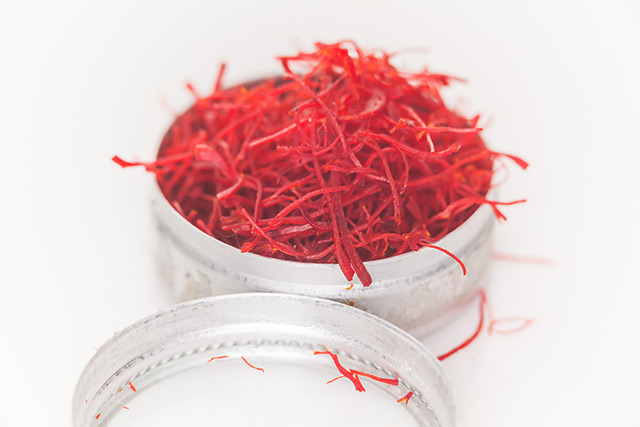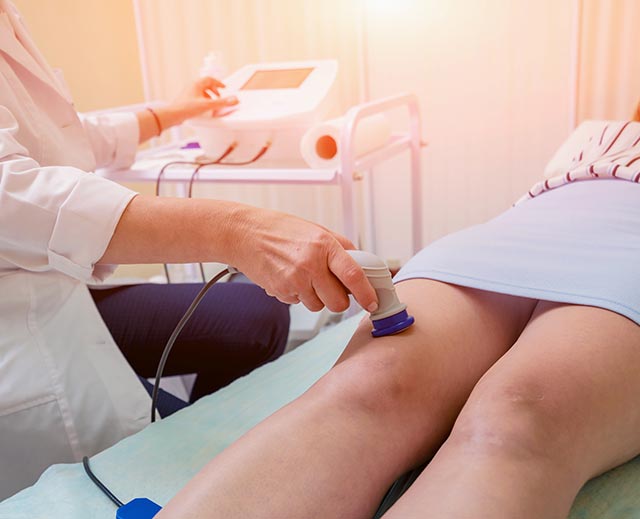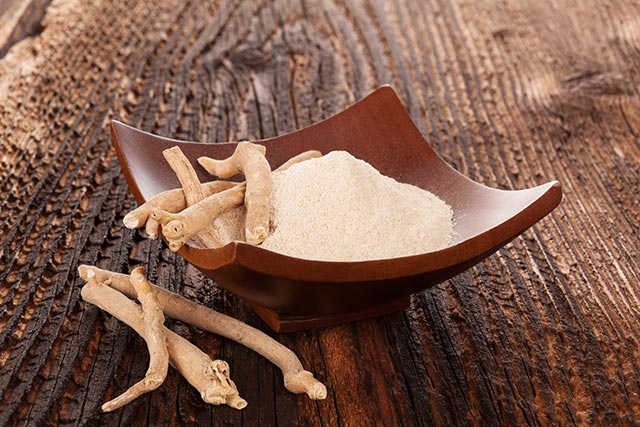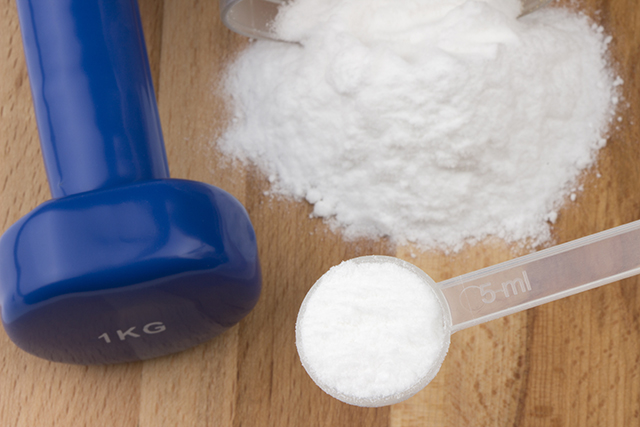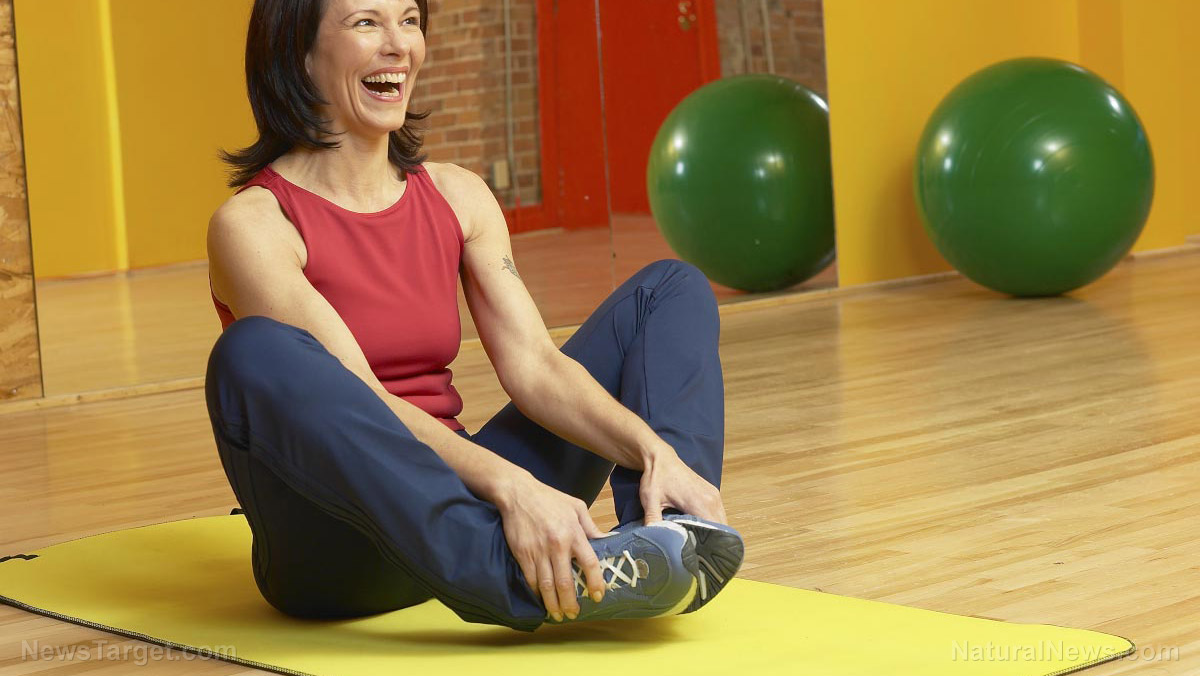Runners and Foot Injuries: What May Be Causing It
10/12/2016 / By usafeaturesmedia

(WomensFitnessFocus.com) Foot injuries can be devastating for runners, preventing them from engaging in a beloved hobby and making it difficult to stay fit. While practically every experienced runner has dealt with a foot injury at some point, the more experienced runners tend to practice certain methods that can reduce the chances of injury and boost recovery time if an injury does occur.
While frequency of injury varies from runner to runner based on their condition and routine, there’s a universal desire among runners to reduce foot injuries whenever possible. Doing so successfully first requires recognizing why exactly runners are prone to foot injuries. Then, there are a number of tips to consider that can reduce injury potential and time.
Why Runners Are Prone to Foot Injuries
When you’re experiencing a runner’s high and in the zone, running certainly doesn’t feel like an impact sport. In reality, the act of running is one of the most impact sports humans undertake. When running, your body quickly experiences a force greater than your body weight hitting a small surface area. The effect distributes throughout your body, placing a potential toll on soft tissues of various joints and muscles. The nature of running makes it so that improper stretching and poor form can contribute greatly to injury.
After time, running feels more like an automated activity, which poses dangers as well in regard to form. Runners aren’t consciously thinking “one foot in front of the other” when they’re running; they just glide. Experienced runners pay attention to their form while running instead of getting lost in their music or the surrounding scenery. Going on “autopilot” while running, which many are guilty of, can make form-based injuries more prevalent.
While bikers and swimmers can suffer from bad form, there’s more rigidity in that form, due to the biking equipment or force of water. Running is free, without any equipment or landscape-based limitations. That can be considered a benefit, but also a detriment if you don’t regard your form. While theories are abound concerning running injury frequency, involving one pinpointing the modern rise in running injury to cushioning in running shoes, the primary culprit most of the time is simply the impact sport nature of running, poor form and mindless automation.
Pain Relief Remedies
While injury prevention can be worked on with proper stretching, conditioning and form, many runners are interested in how to successfully provide pain relief for injuries that have already occurred. Some foot injuries, in particular, are painful but provide no long-term damage through continued running, so runners seek a pain relief method that can have them enjoy running without constant pain. There are several potential remedies for this.
A major potential remedy is to purchase new running shoes. Running expert Mario Fraioli says that your body is the best indicator of when it’s time to purchase new shoes. If your body is experiencing little bits of pain, like shin pain, aching knees or sore arches, then these little annoyances may suggest your shoes are starting to break down. Numbers-wise, he pinpoints every 400 to 600 miles as a good time to purchase new running shoes. Some shoes will vary, of course, but it’s a good timeframe to use in addition to paying attention to nagging injuries.
Another common culprit for foot injuries is when runners do not lace their shoes properly to fit their foot size and shape. Changing your shoelace pattern can reduce tension and make running more accommodating, especially for those with wide feet. Research suggests most runners should opt for a snug fit, while those prone to injury on their top foot should try special heel lock lacing. Also, don’t forget to double-knot your shoes, as a fall from untied shoelaces can cause a potentially devastating injury.
Terrain also plays a large role in influencing injury and pain endurance. For one, avoid jogging on concrete in general and especially if suffering from an injury. The hard-as-a-rock nature of concrete is ripe for causing ligament and joint pain. Instead, the recommended jogging surface is asphalt, which absorbs well and is level. Just look for uneven areas or cracks. The grass is fine, though never jog on grass after rain, as it can be very slippery. Sand jogging is also an option, as it’s as safe as asphalt, though presents a more high-endurance challenge. Just avoid the sloping shoreline to protect from knee injury.
By recognizing why the act of running makes runners prone to injury, runners can better understand what needs to be done in the future to prevent injury.
Kacey Mya is a lifestyle blogger for The Drifter Collective, an eclectic lifestyle blog that expresses various forms of style through the influence of culture and the world around us. Kacey graduated with a degree in Communications while working for a lifestyle magazine. She has been able to fully embrace herself with the knowledge of nature, the power of exploring other locations and cultures, all while portraying her love for the world around her through her visually pleasing, culturally embracing and inspiring posts.
Follow Kacey on: Twitter; Pinterest; Instagram
More:
- Here’s What You Should Have In Your Fall Gym Bag
- How To Figure Out Which Diet Is Right For You
- The Not So Obvious Reasons You May Not Be Reaching Your Health Goals
(c) 2016 USA Features Media.
Tagged Under: foot injuries, pain relief, running



